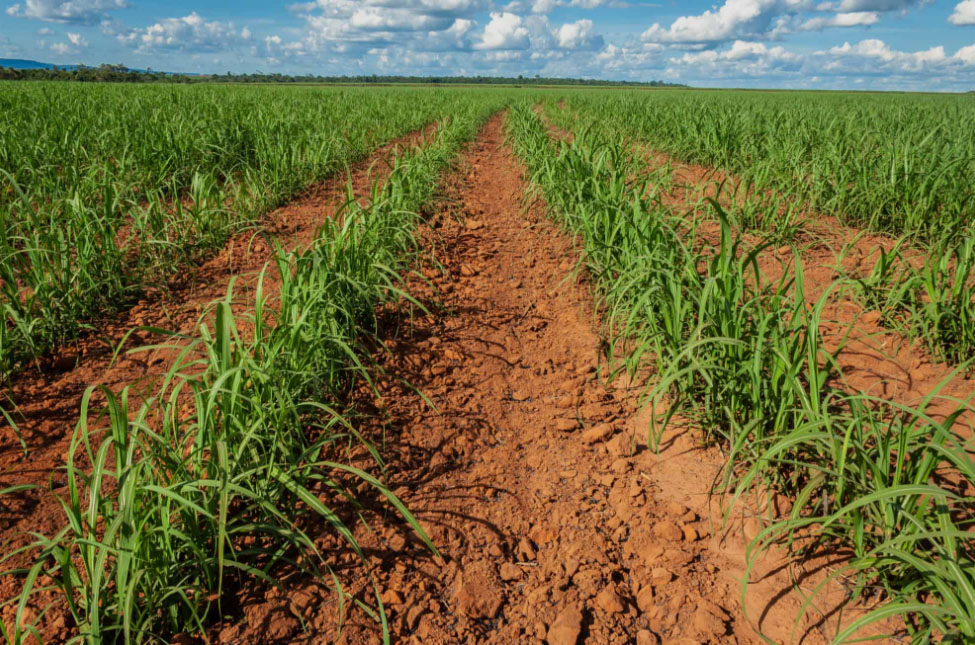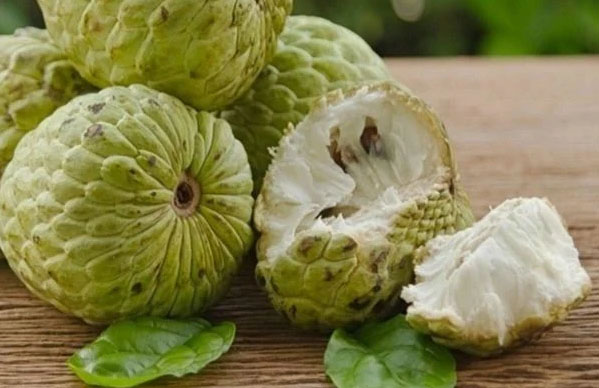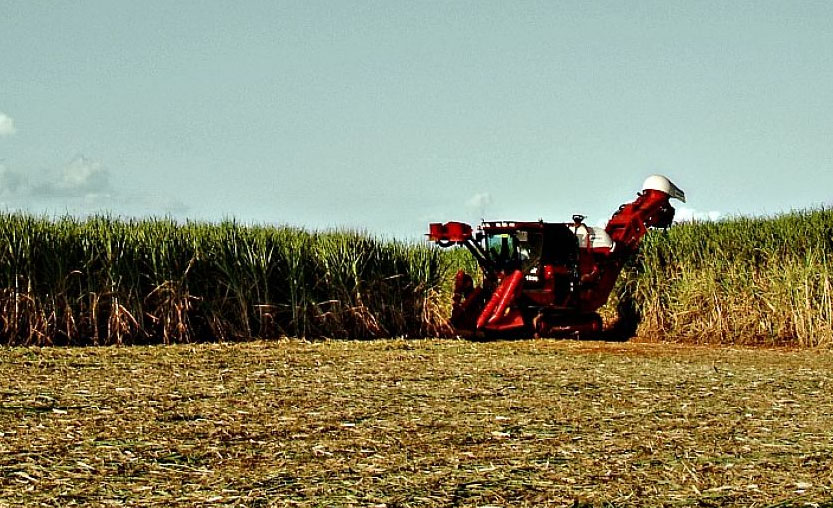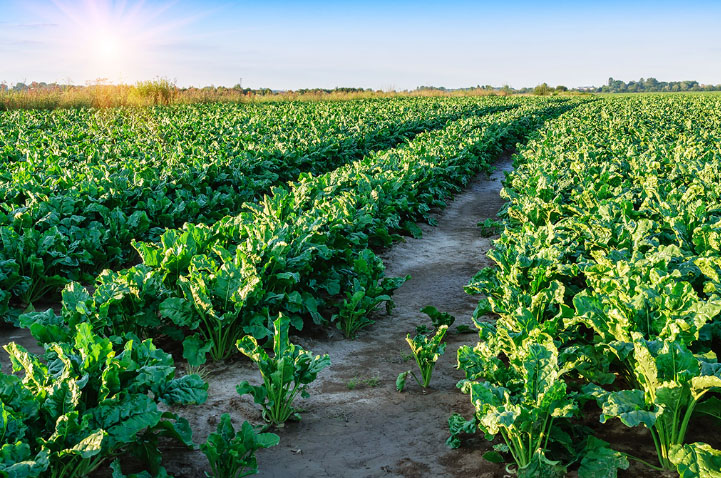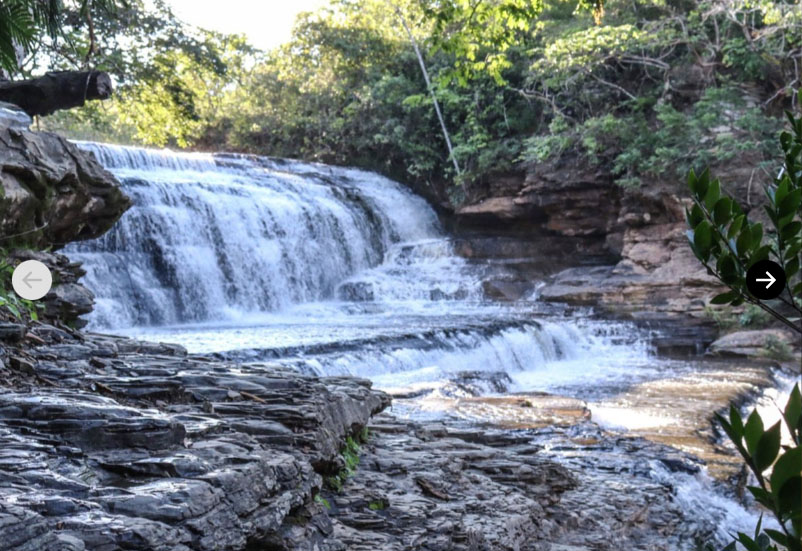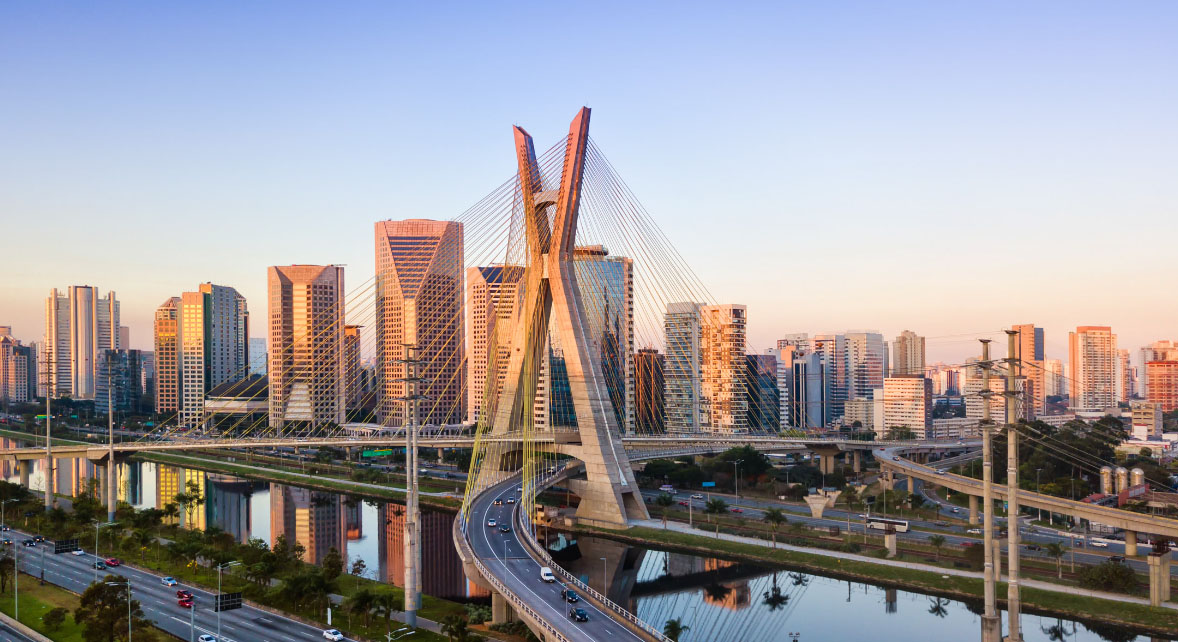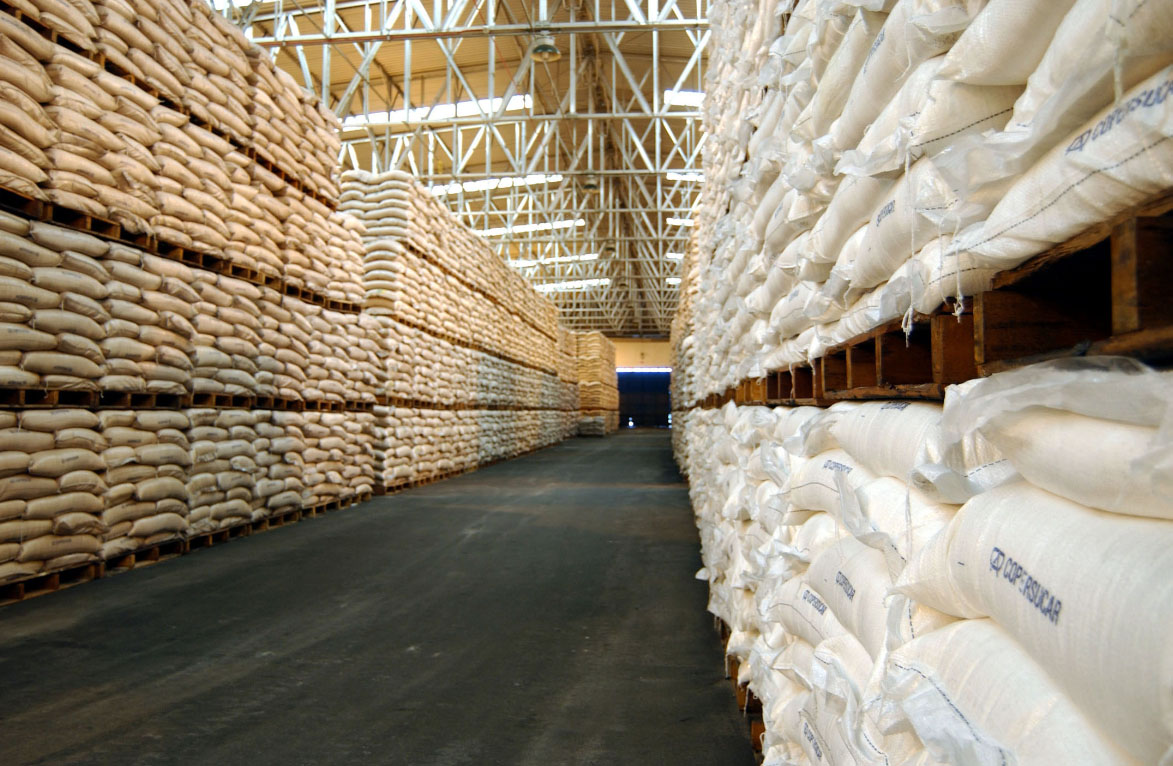Brazil’s
sugarcane fields are a testament to the country’s prominence in the global
sugar industry. The lush landscapes and favorable climates across various
regions make Brazil an ideal location for sugarcane cultivation. In this blog
post, we’ll journey into the heartland of where sugar is grown in Brazil,
unveiling the regions and factors contributing to the nation’s remarkable sugar
production.
The
Geography of Sugar
Brazil’s
vast and diverse geography offers a range of regions where sugarcane thrives:
Northeast
Region: Historically the birthplace of Brazil’s sugar industry, the northeast
region, particularly states like Pernambuco and Bahia, has a long history of
sugarcane cultivation. Warm temperatures, abundant rainfall, and fertile soil
create optimal conditions for sugarcane growth.
Southeast
Region: The southeastern states of São Paulo and Minas Gerais are major
sugarcane producers. São Paulo, in particular, has emerged as a sugarcane
powerhouse, with a climate that supports year-round cultivation.
Central-West
Region: The states of Goiás and Mato Grosso do Sul have seen increasing
sugarcane cultivation due to their favorable conditions. These regions benefit
from well-defined seasons and adequate rainfall.
South
Region: While the southern states like Paraná and Santa Catarina are not
traditionally known for sugarcane, they are increasingly venturing into
sugarcane cultivation, taking advantage of their temperate climates and
technological advancements.
North
Region: The northern states of Tocantins and Maranhão are also gradually
becoming players in sugarcane cultivation, thanks to their tropical climates
and suitable soil.
The Factors
Behind Success
Several key
factors contribute to Brazil’s success in sugarcane cultivation:
Climate:
Brazil’s tropical and subtropical climates provide a longer growing season,
allowing for multiple harvests per year.
Rainfall:
Adequate rainfall is essential for sugarcane growth, and Brazil’s diverse
regions experience rainfall patterns that favor cultivation.
Fertile
Soil: The country’s fertile soils, particularly in the northeast and southeast
regions, provide an excellent foundation for sugarcane growth.
Investment
in Technology: Brazilian sugar producers have invested heavily in modern
farming techniques and machinery to enhance productivity and efficiency.
Sustainability
Practices: Many sugar producers in Brazil are committed to sustainable farming
practices, minimizing environmental impact and promoting ethical labor
practices.
The Global
Impact
Brazil’s
sugar production plays a crucial role in meeting global sugar demands. The
country’s commitment to quality, sustainability, and technological advancements
continues to influence the global sugar market.
Conclusion
The
heartland of where sugar is grown in Brazil encompasses diverse regions with
unique climates and characteristics that support sugarcane cultivation.
Brazil’s prominence as a global sugar producer is a testament to its ability to
harness these favorable conditions and apply sustainable practices to create a
sweet success story that reaches every corner of the globe. Whether in your
morning coffee or as an ingredient in your favorite treats, Brazilian sugar
reflects the harmony between nature, innovation, and tradition.

